 Tabloid dunks readers in a pool of vice. 
Exposé for Men is a new tabloid for us, which is saying something, since we've posted about 350 inside Pulp Intl. You can pick your way through those at our tabloid index. Exposé was originally launched as Sensation by Skye Publishing of New York City. The rebranding came sometime in 1959. This issue, which was published this month in 1960, flogs similar themes as other tabloids, including the blaming of women for rape in an article by criminal specialist Robert Mines where he proclaims that “frequently it's not the perpetrator but the victim of a [sex] crime who is most responsible for it.”
You'd think one article of this type would be sufficient, but Exposé offers up another piece called “The Weird Love-Hatred That Binds a Prostitute to Her Pimp.” This time the male expert on female minds is Joseph Le Baron, but at least his reasoning makes sense—i.e. prostitutes feel they need pimps around to protect them from “house dicks, bartenders, [and] vice cops out to shake them down and get tricks for free.” We'll buy that part, but we don't buy that the choice is voluntary, which is how Le Baron makes it sound.
Elsewhere readers learn that women have a natural propensity to lie, Mexico is wonderful because every man can afford a mistress, and insomniacs can't sleep because they're thinking about sex all night. Exposé also has celebrity gossip, including the claim—first we've heard of it—that Diana Dors' 1956 fall into a swimming pool was actually a publicity stunt. Considering the fact that the subsequent brawl generated terrible press we doubt the veracity of this one, but you never know. We do like the photo of Dors wet. Scans below, and more tabloids to come. 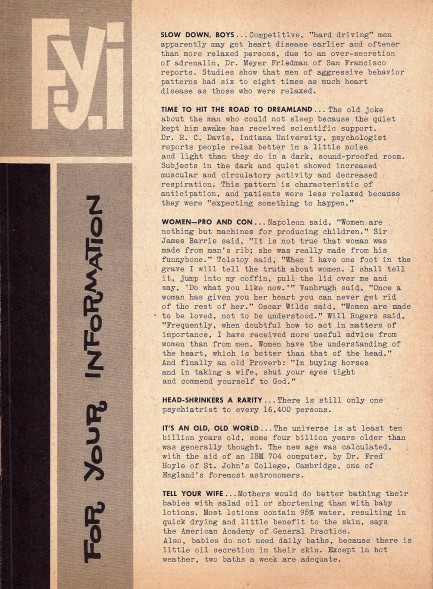 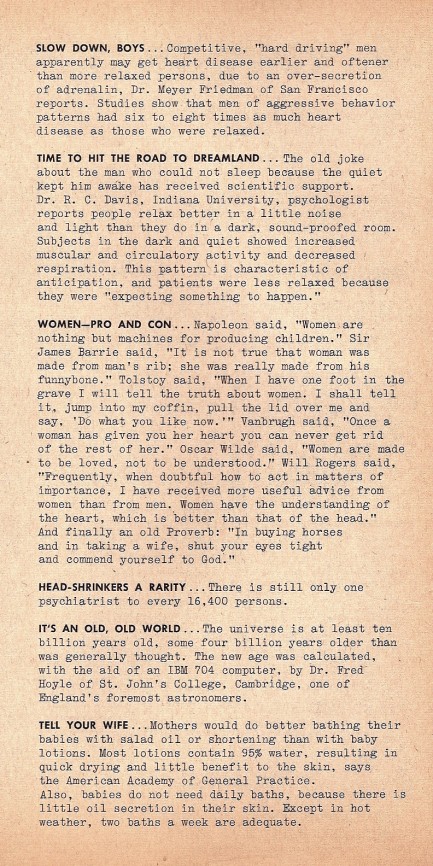 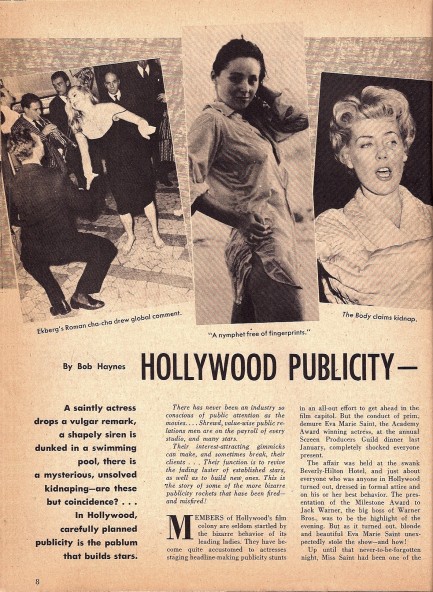  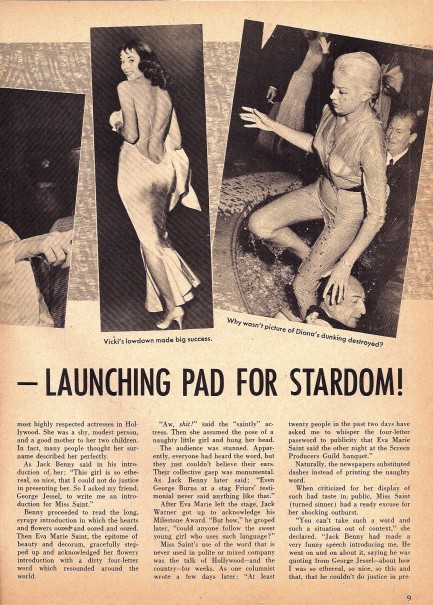 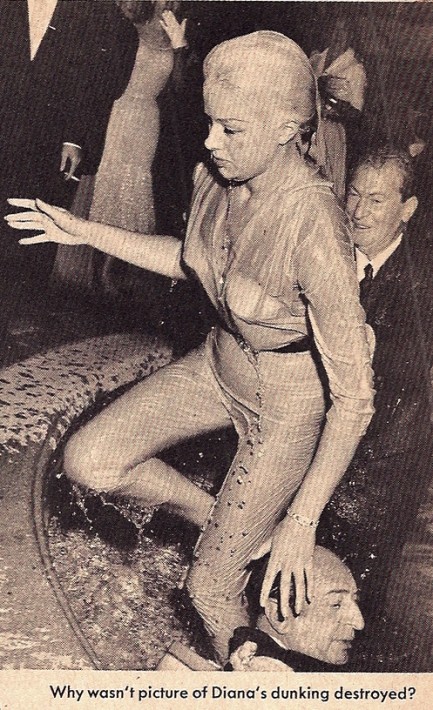 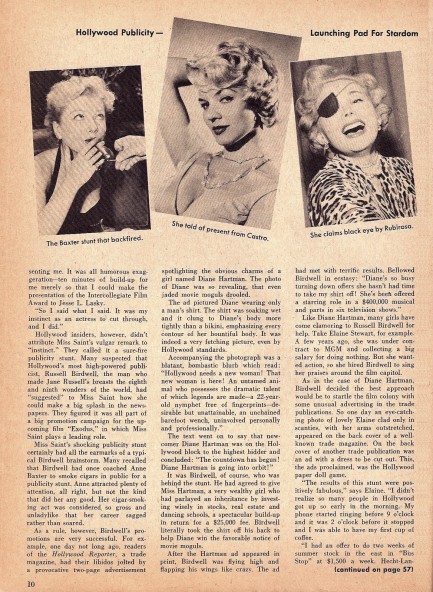 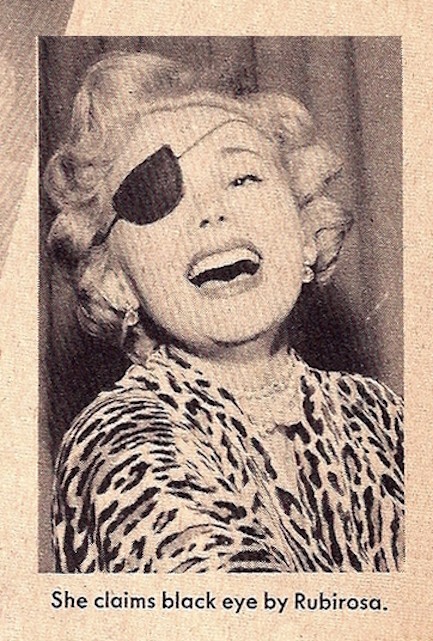 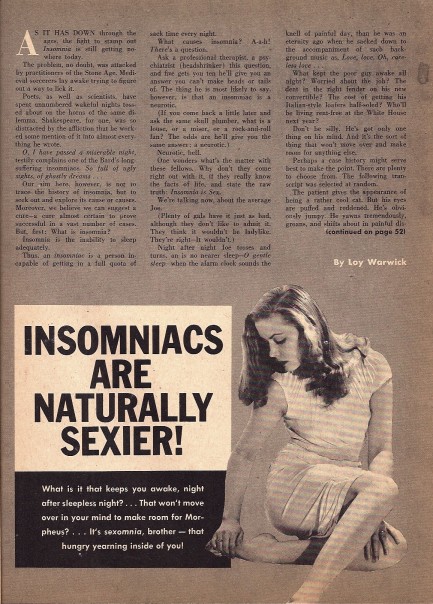 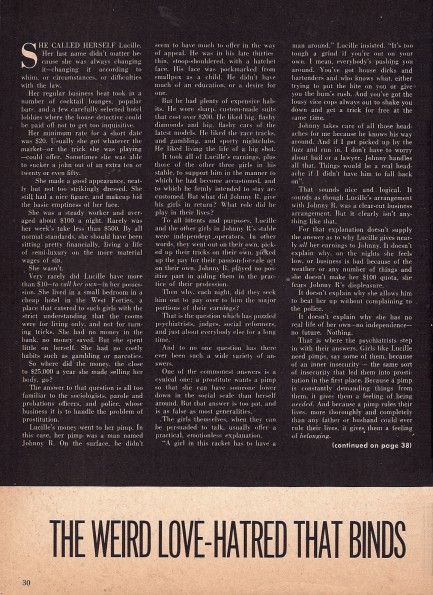 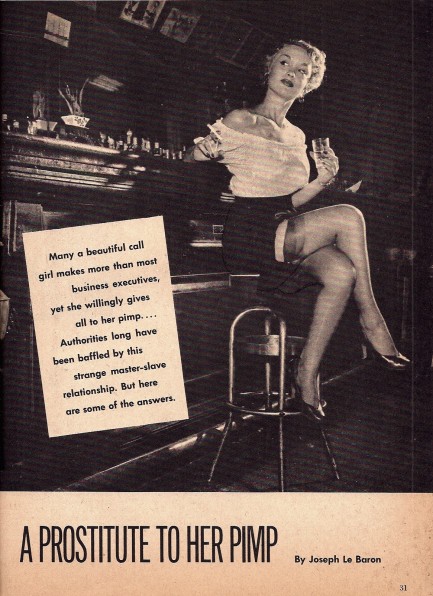 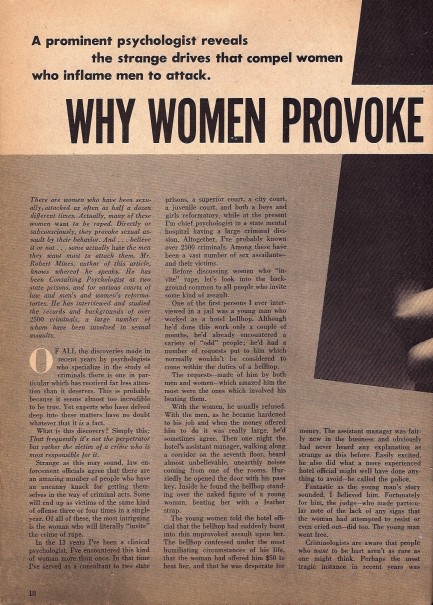 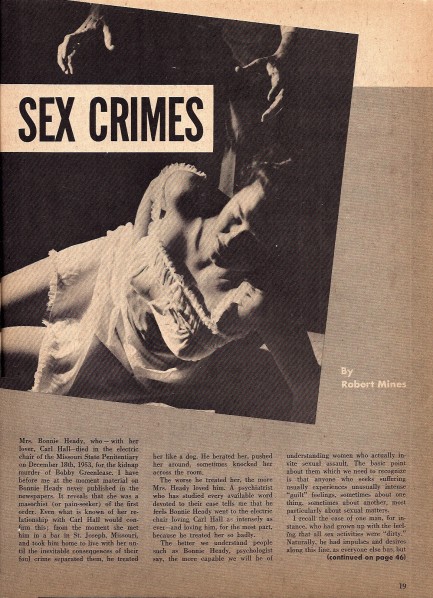 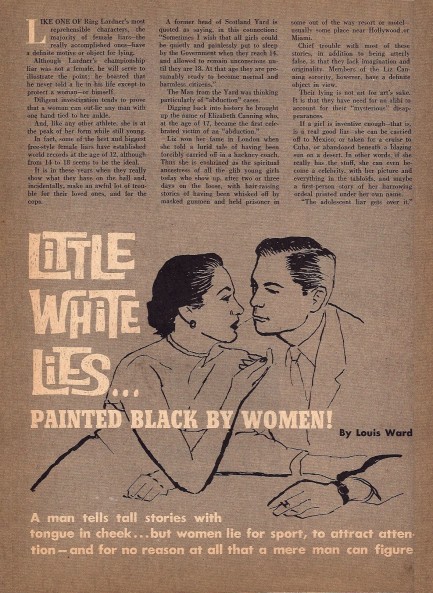 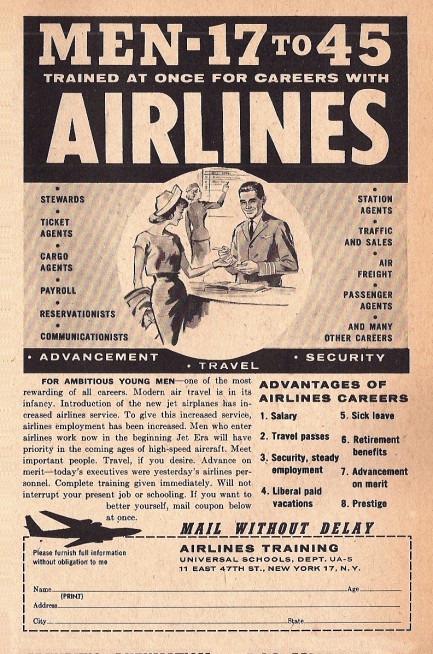
 Tropical storm Anita blows into Port-au-Prince. 
Set in Haiti, the Italian thriller Al tropico del cancro follows the story of a doctor who invents a powerful hallucinogenic drug that interests various parties who believe it to be priceless. In addition to being a giallo, some people consider this film a classic of—what would you call it?—not blaxploitation, but that unofficial sub-genre of movies (which we also wrote about yesterday in assessing Emmanuelle IV) in which white women go to the tropics and jettison their inhibitions. Though the promise of Renato Casaro's brilliant poster art undoubtedly draws many viewers to the film, star Anita Strindberg's interracial coupling is a highly stylized hallucination or dream, ancillary to the plot. She gives it her theatrical best, though, gangbangy subtext and all. The scene was bold in 1972's racial landscape—and still is today, which shows you how little progress we've made in half a century.
Strindberg is a favorite around Pulp Intl. She was one of our early femmes fatales—in fact the one that made us decide to feature the occasional frontal nude on the site. Otherwise we wouldn't have been able to share this shot. Under a ridiculous crown of sculptural ’70s hair, she's all high cheekbones, icy eyes, and a recurved mouth. Everything below her neck looks good too, although she sports a pair of early breast implants, but hey—her body her choice. Her nordic looks juxtapose nicely against Haiti's tropical setting. She's a gleaming alien there, which is important for the sense of disconnection her character feels as the various male cast members busy themselves trying to outsmart each other to acquire the drug formula.
Al tropico del cancro features awesome location shooting in Port-au-Prince, not only in the streets and estates, but in unlikely locales like a functioning abattoir where island beef production is depicted in full gore. Cows aren't the only animals that fare poorly, so be forewarned. The movie eventually ends in foot chases and gunshots, as greed for the formula triggers a spate of violence. Reaching this climax isn't the most gripping ride, but we've been on worse. We recommend the movie for fans of Strindberg, as well as for people interested in historic Port-au-Prince, much of which—the prized Cathédrale de Port-au-Prince, the capital building, the parliament, et al—was destroyed in a 2010 earthquake. Al tropico del cancro premiered in Italy today in 1972.       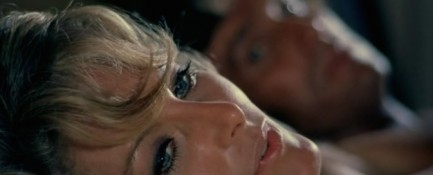    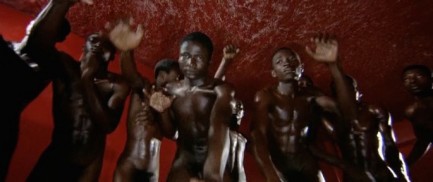  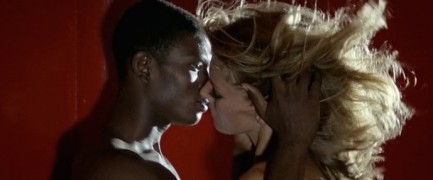 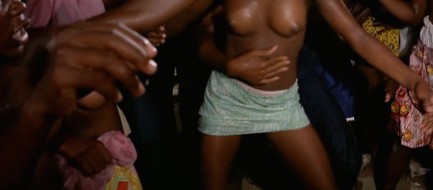  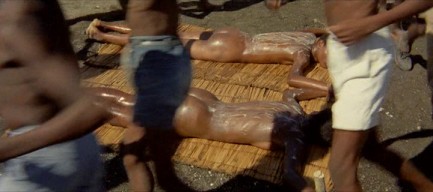 
 What do they expect? It's called the City of Brotherly Love. 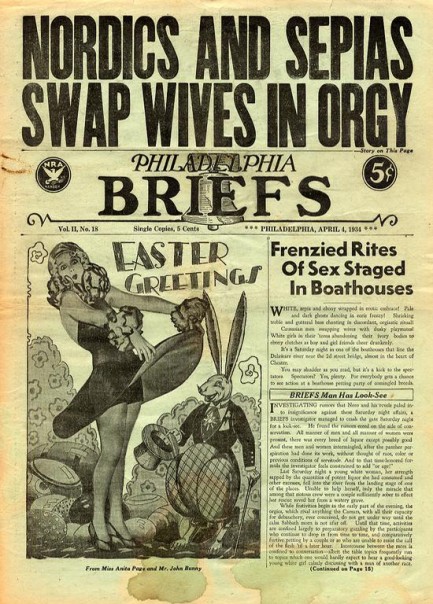
Above is a cover of the early tabloid Philadelphia Briefs published today in 1934, which caught our eye because it has a nice drawing of actress Anita Page, along with an Easter Bunny that seems to looking up her skirt. Bad, bad bunny. But it was added to the original shot, as you see below. Briefs was one of the purest early examples of the American tabloid form, with its reporting focused mainly on big city dangers faced by upstanding young white women, among those perils the predations of darker races—often referred to in the parlance of the Depression years as “sepias” or “ebonys.” To quote: “White, sepia, and ebony wrapped in erotic embrace. White girls in their teens abandoning their ivory bodies to ebony clutches as boy and girl friends cheer drunkenly.” Interesting, no? This style of reporting served a specific purpose. As James H. Adams put it in his book Urban Reform and Sexual Vice in Progressive Era Philadelphia, the goal was to, “demystify the city through the use of cultural archetypes and narratives that defined why the city was evil, the threat that the city posed to orderly society, and the measures that reformers needed to take to clean up the urban space.” In other words, Briefs created negative, often transparently ridiculous stories that had the effect of convincing readers that barriers maintaining the structure of contemporary society were under siege. These tales of white girls and brotherly love would distress many people even today, so you can imagine the outrage in 1934. See more Briefs here.
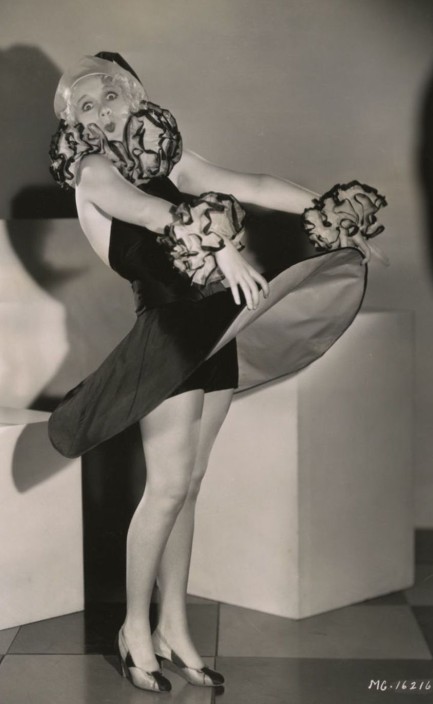
 Confidential climbs the stairs and creeps down the bedroom hall. 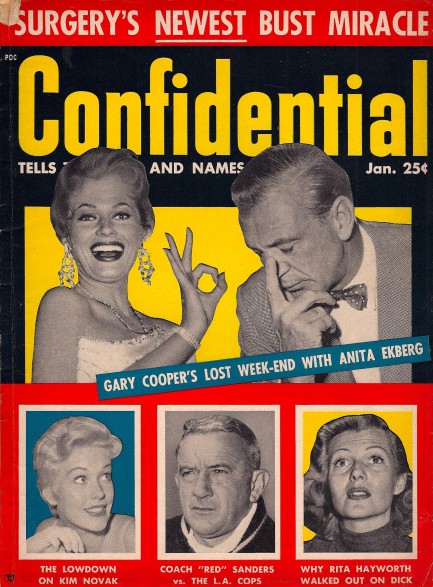
This January 1958 issue of Confidential, with Anita Ekberg and Gary Cooper starring on the cover, was released in the magazine’s prime, during the heyday of its special brand of slash and burn journalism. You can really see why Hollywood focused its efforts on neutralizing the publication—celebs and important figures get knocked down like ducks in a shooting gallery. Examples: Tita Purdom is caught cheating by her husband, Kim Novak got into movies with the help of a sugar daddy, Lili St. Cyr tried suicide twice and both times was saved by her husband Paul Valentine, and millionaire Bobby Goelet is dropped from the Social Register for dating a non-white woman. We'd like to get into each of those stories, but while we do have time to read them all, sadly we don't have time to write about them all.
Because we have to pick and choose, we're limiting ourselves today to Confidential's domestic violence stories. This was a regular focus of the magazine, and a very good example of just how untouchable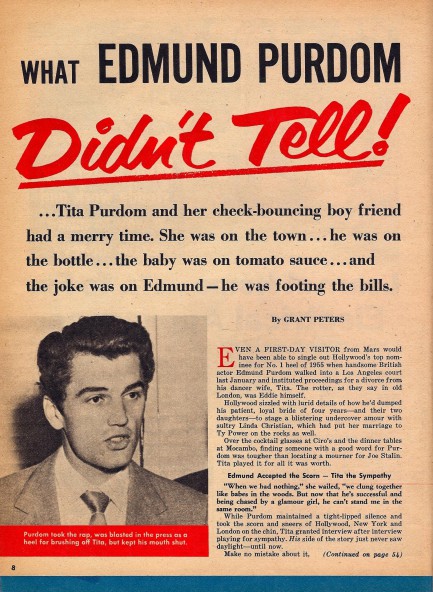 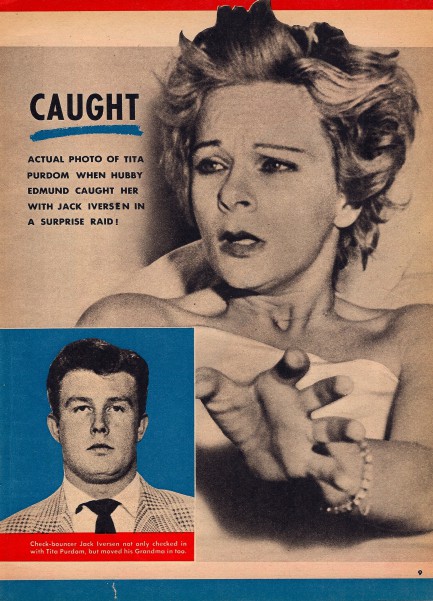 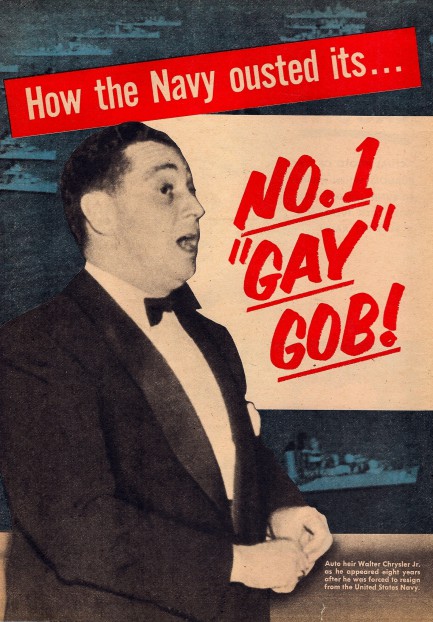 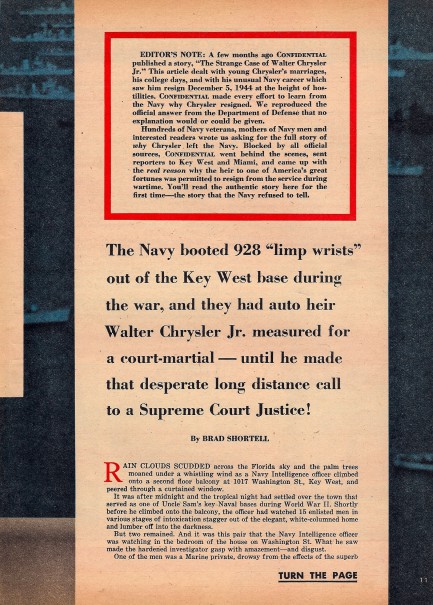 publisher Robert Harrison thought he was. First up is Rita Hayworth, who allegedly walked out on husband Dick Haymes because he beat her. Here's scribe Alfred Garvey: “Haymes' favorite form of assault was to grab Rita by her world-famed tresses and slam her head against a wall until her sense reeled. And the brutal beatings were part and parcel of their schedule wherever they went.” We should note here that Confidential was in no way a defender of women—the magazine published anything that made a celebrity look bad. It didn't publish this story to expose Haymes, but to expose Hayworth. She's the star—the reader must be left asking what's wrong with her. publisher Robert Harrison thought he was. First up is Rita Hayworth, who allegedly walked out on husband Dick Haymes because he beat her. Here's scribe Alfred Garvey: “Haymes' favorite form of assault was to grab Rita by her world-famed tresses and slam her head against a wall until her sense reeled. And the brutal beatings were part and parcel of their schedule wherever they went.” We should note here that Confidential was in no way a defender of women—the magazine published anything that made a celebrity look bad. It didn't publish this story to expose Haymes, but to expose Hayworth. She's the star—the reader must be left asking what's wrong with her.
For evidence consider the story that appears a bit later in which Confidential accuses actor Jack Palance of beating women. “You can't win all your fights, though, even with dames. One talked, and squawked, after a bruising evening with the ungentlemanly Jack and the result has been a tide of whispers [snip] literally a blow-by-blow report of how he conducted at least one romance.” The text goes on to describe the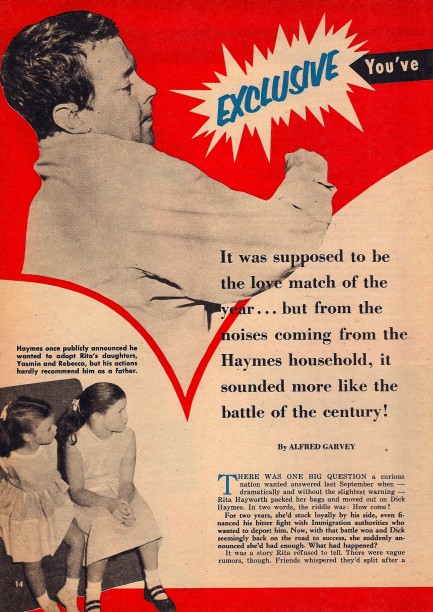 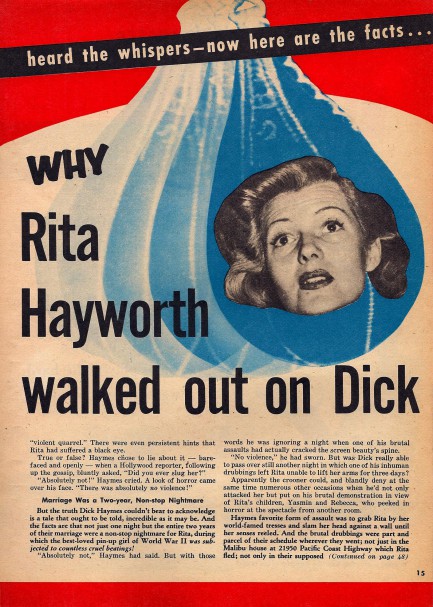 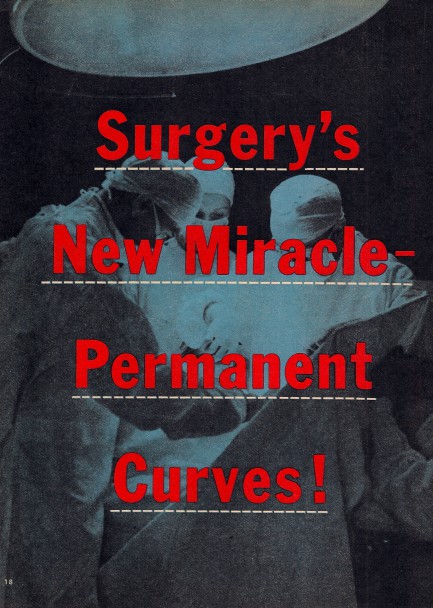 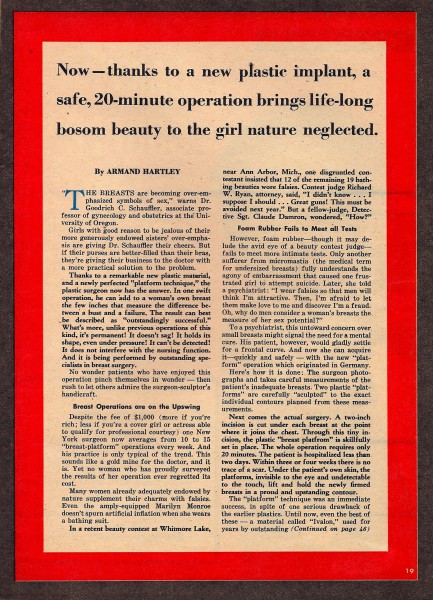 assault in first-hand detail, but even though the writer seems to know every word spoken in that closed room, he never names the victim. This is not because Confidential cares about protecting her identity—if editors can name Hayworth they certainly can name a random aspiring actress—but because she doesn't matter. Her identity would distract the reader. assault in first-hand detail, but even though the writer seems to know every word spoken in that closed room, he never names the victim. This is not because Confidential cares about protecting her identity—if editors can name Hayworth they certainly can name a random aspiring actress—but because she doesn't matter. Her identity would distract the reader.
The point to absorb is merely that Confidential had no compass, no aim at all except to generate terrible publicity for the famous. Some may have deserved it, but moral justice was never the goal. If the two previous stories weren't enough, Confidential hits the trifecta with yet another domestic violence story about Bob Calhoun and big band singer Ginny Simms. In this one Calhoun gets a co-starring role—he was rich, thus worthy of mention. “Grabbing his shrieking bride by her pretty unmentionables, Calhoun yanked her off their nuptial bed and, in the same swift movement, uncorked a right that spun Ginny across the room like a rag doll.”
As far as we know nobody mentioned in any these stories sued. Confidential was impervious—at least for the moment. Celebrities just hunkered down and hoped the stories would fade. But Confidential's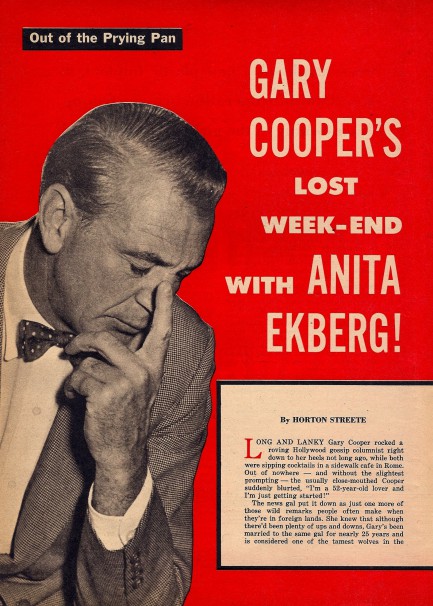 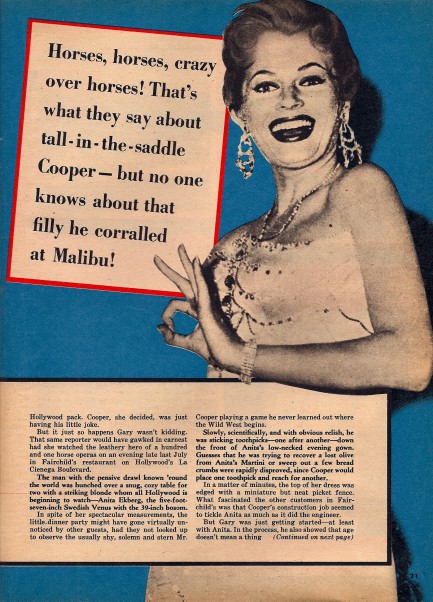 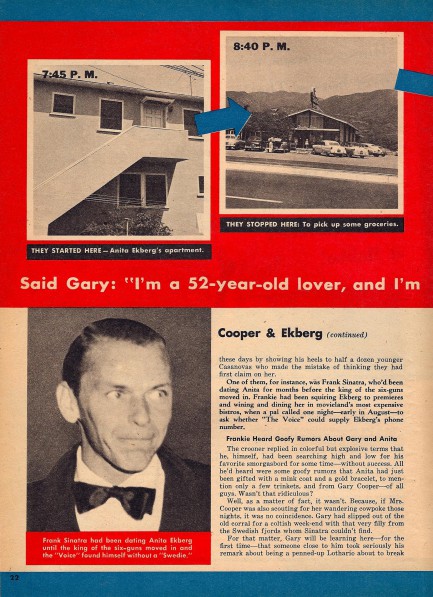  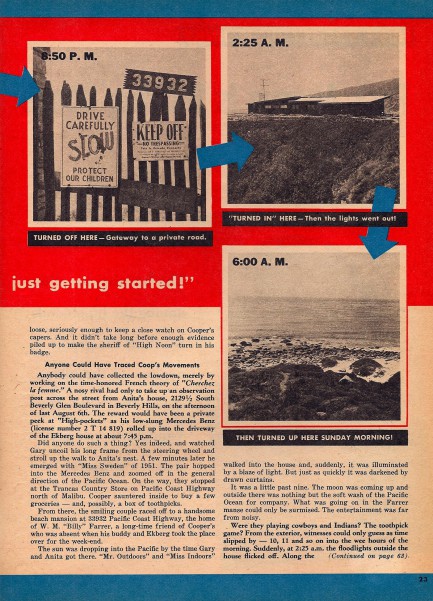 circulation kept growing. Soon it would be one of the most widely read magazines in America, the indisputable king of tabloids. Hmm… king of tabloids has a nice ring to it. We’re going to use that—Pulp Intl. is the king of tabloid websites. You can work your way through more than three-hundred individual tabloid entries here. circulation kept growing. Soon it would be one of the most widely read magazines in America, the indisputable king of tabloids. Hmm… king of tabloids has a nice ring to it. We’re going to use that—Pulp Intl. is the king of tabloid websites. You can work your way through more than three-hundred individual tabloid entries here.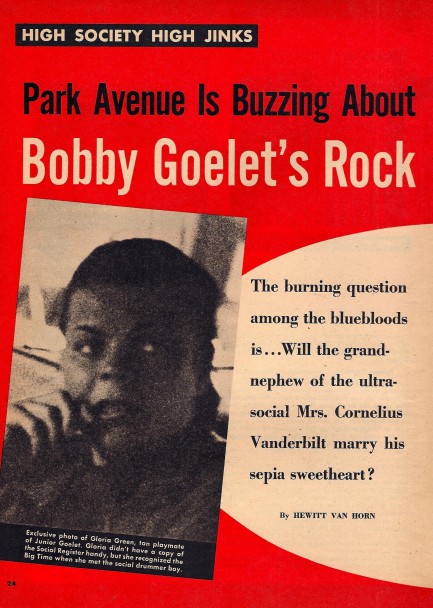 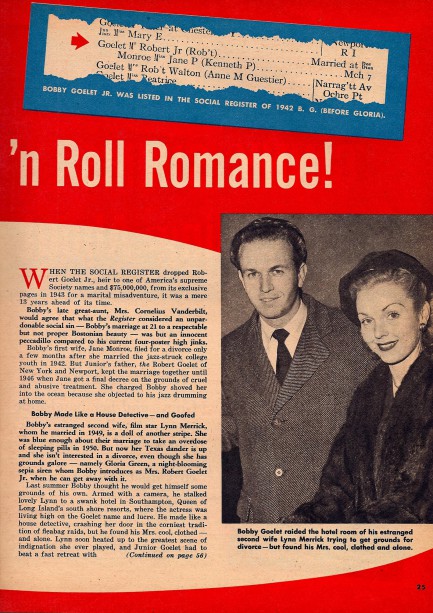 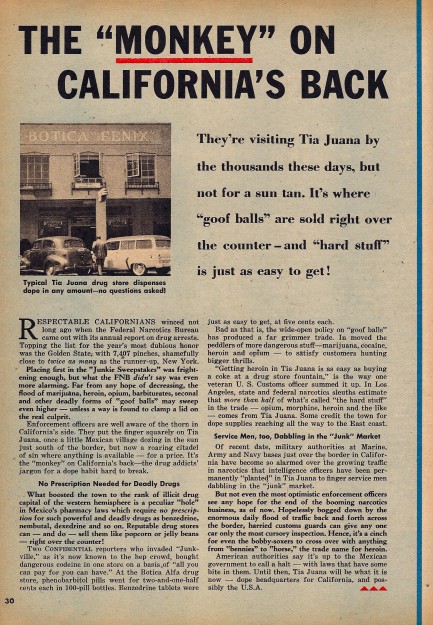 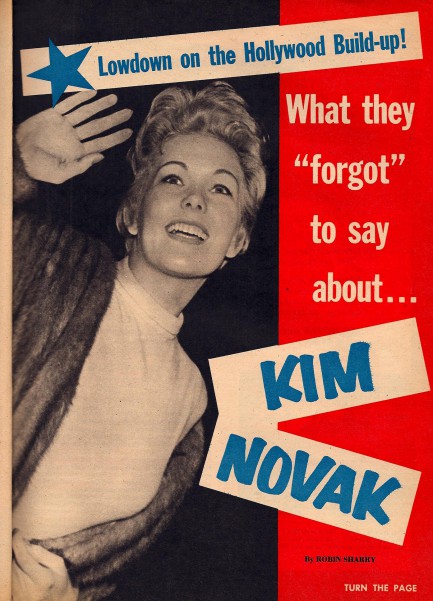  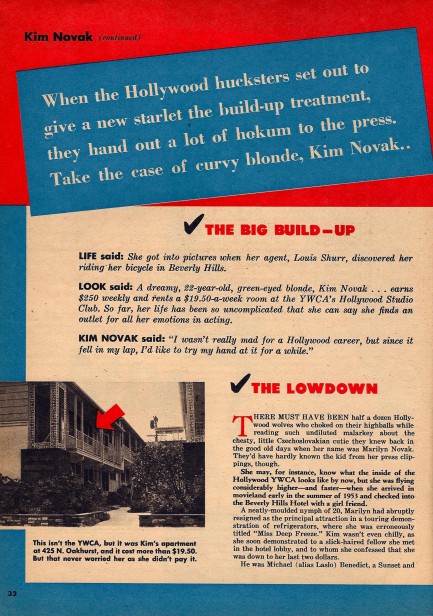 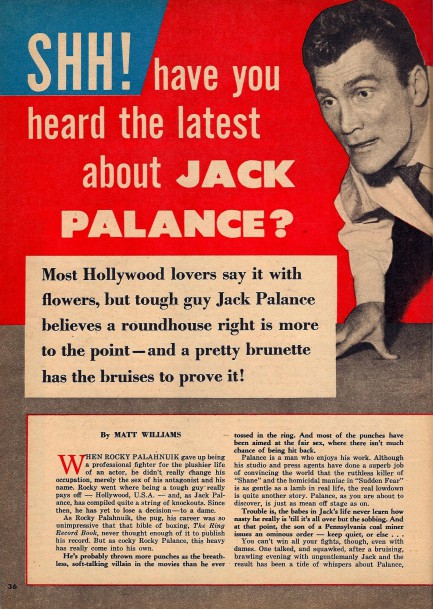 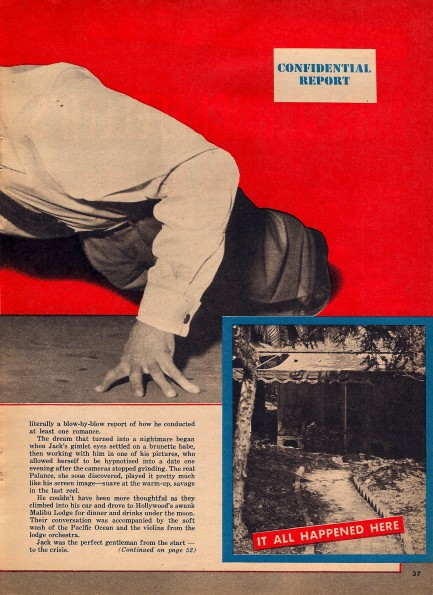 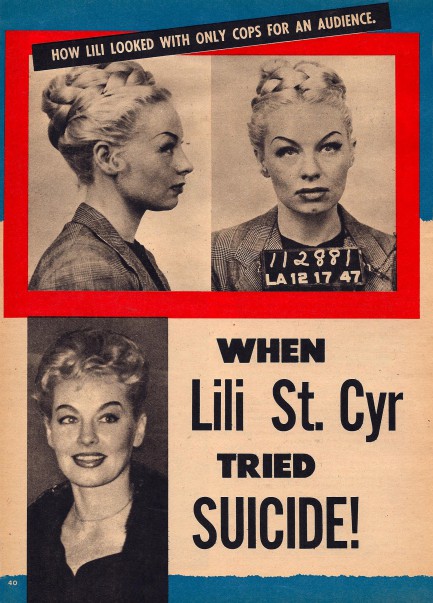 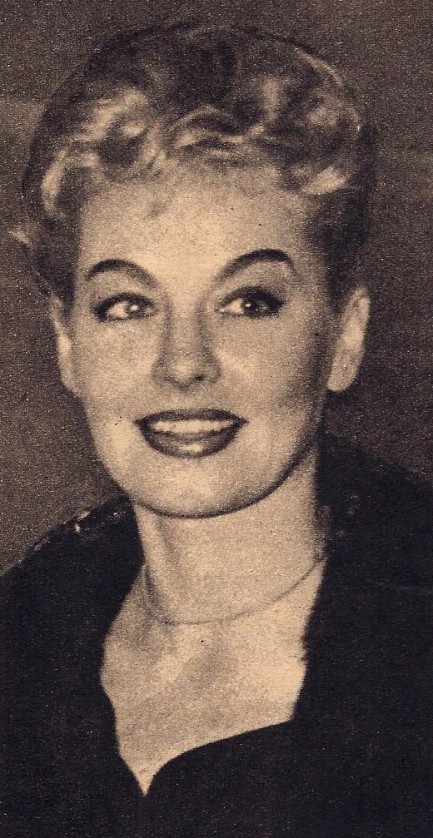 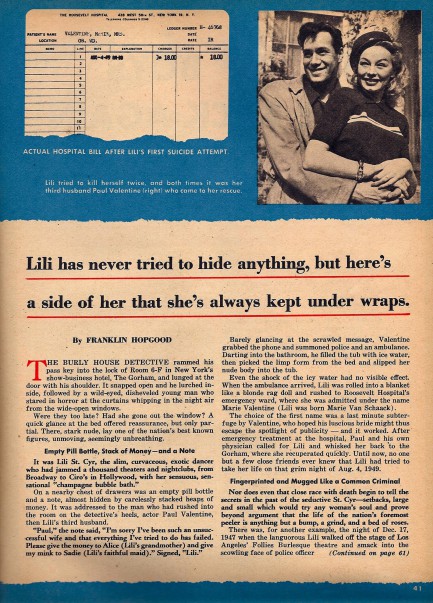 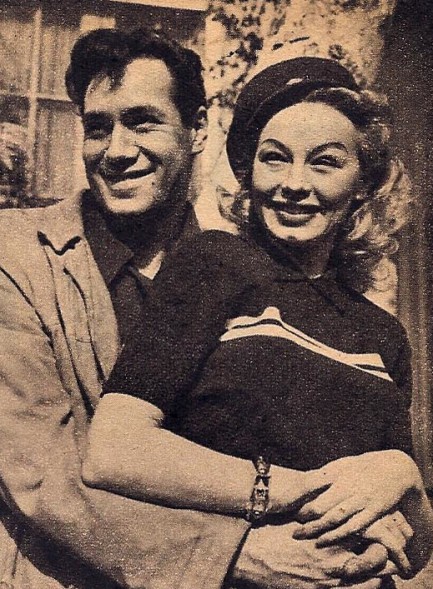
 Sørensen throws Playboy fans off her trail. 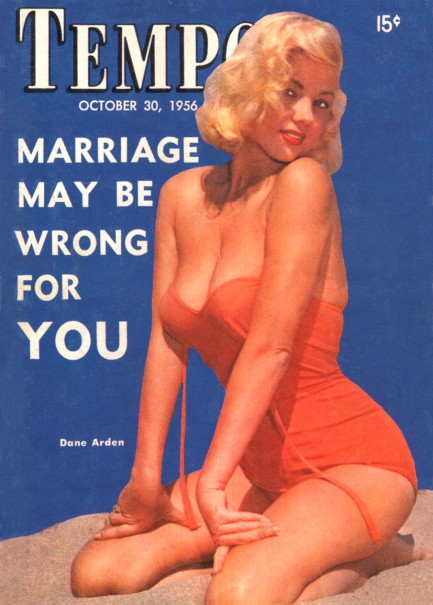
Tempo was a pocket-sized celeb and pop culture magazine published bi-weekly out of Atlanta and New York City by Sports Report, Inc. We don’t know how long it lasted—this one is vol. 7, issue 9—but we know we’ve never seen one dated before 1953 or after 1958. When Dane Arden appeared on the cover of this one from today in 1956, she was already famous thanks to her appearance as Playboy’s centerfold just the previous month. But she had posed under her real name Elsa Sørensen, and back then that may have kept most Playboy readers from realizing Sørensen and Arden were the same person. It's curious. We have no idea if that was her intention, or why she’d have wanted to do it.
If we had to guess, we'd say that Playboy wanted an exclusive association with her Sørensen identity, and pressed her to choose a new name for future modeling. Or perhaps she thought of magazines like Tempo as lower class, and didn’t want to diminish her Playboy image. Or maybe she thought Elsa Sørensen was a little too Danish sounding for Hollywood. But there’s no evidence she ever had an interest in movies, and if she did wouldn’t she have been sacrificing much of the useful recognition she’d gained as a Playboy centerfold? All we can say is it’s one of history’s little mysteries. Hmm… that has a nice ring. Think we’ll claim that one—History’s Little Mysteries™. More Dane/Elsa below, plus Brigitte Bardot, Shirley Falls, Erroll Garner, Sabrina, the Cleveland Browns, Anita Ekberg, et al.
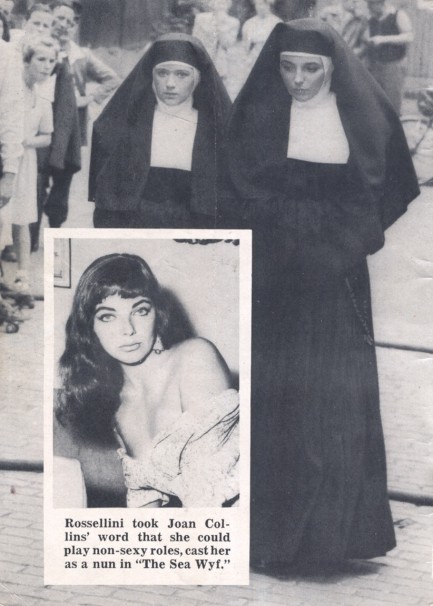  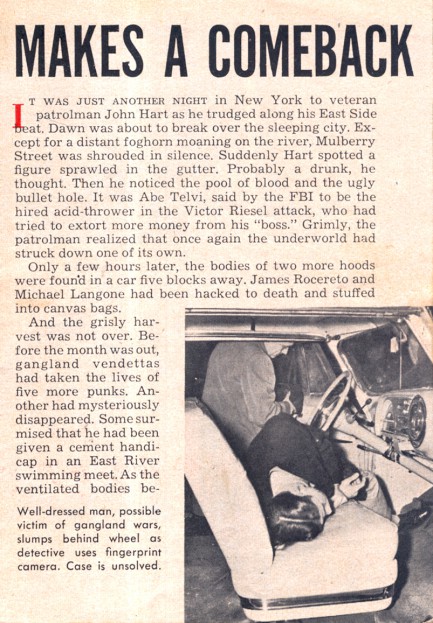 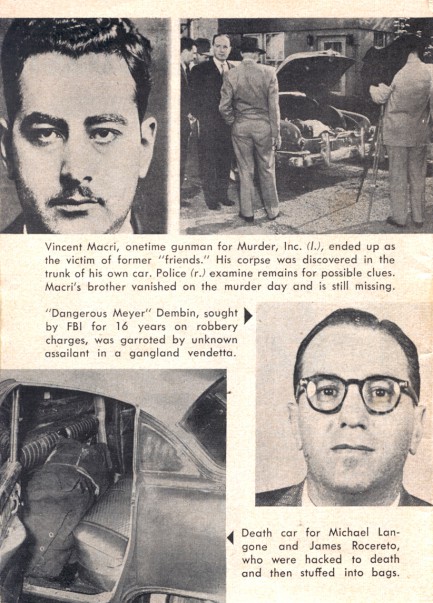 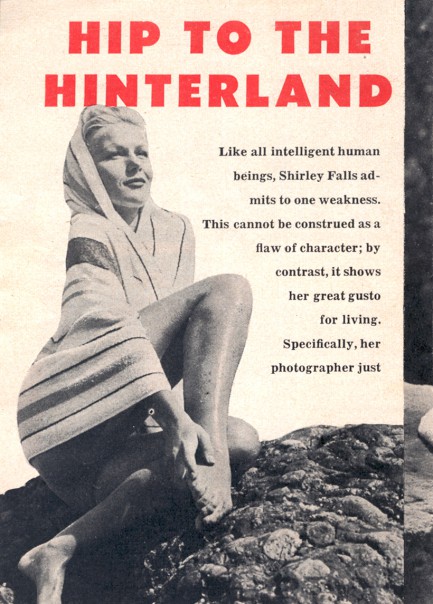 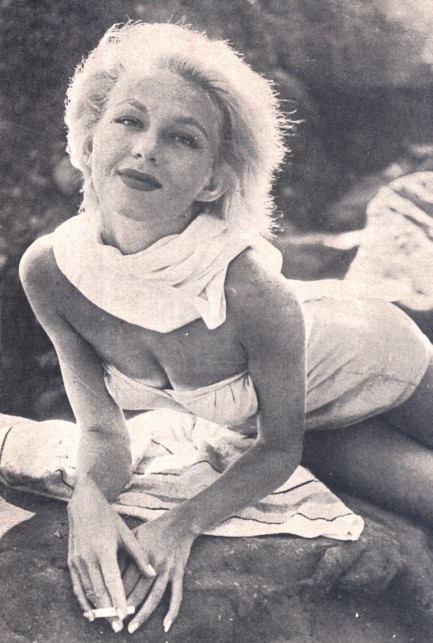   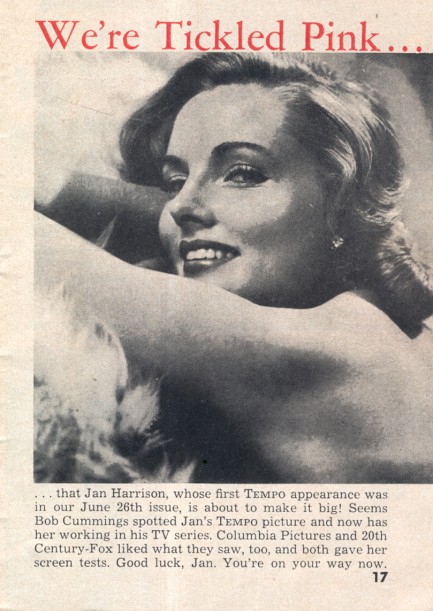 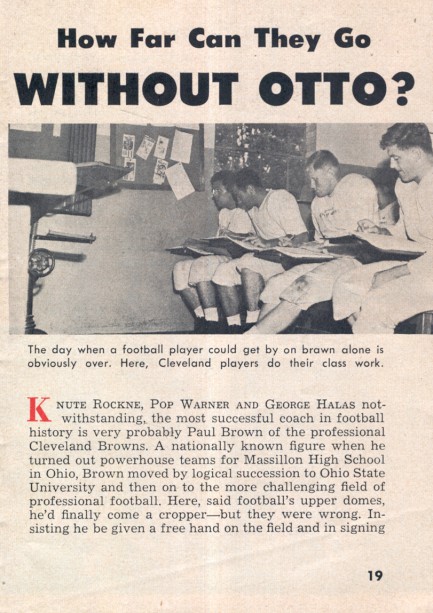 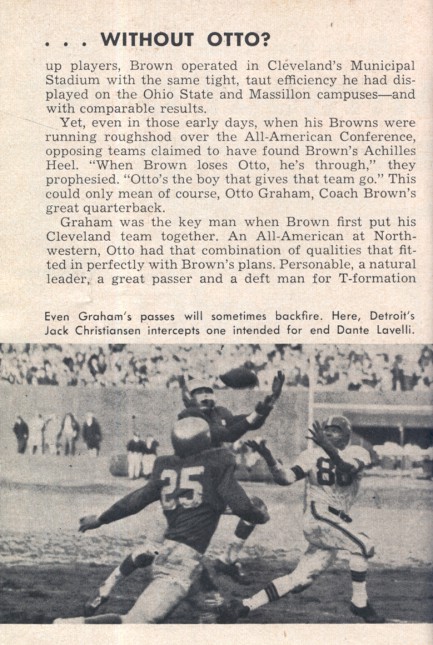 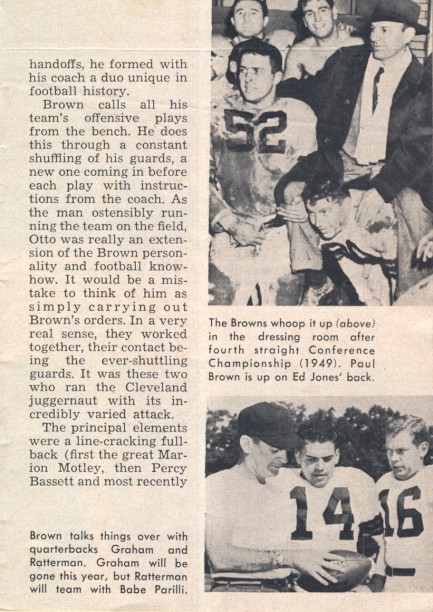  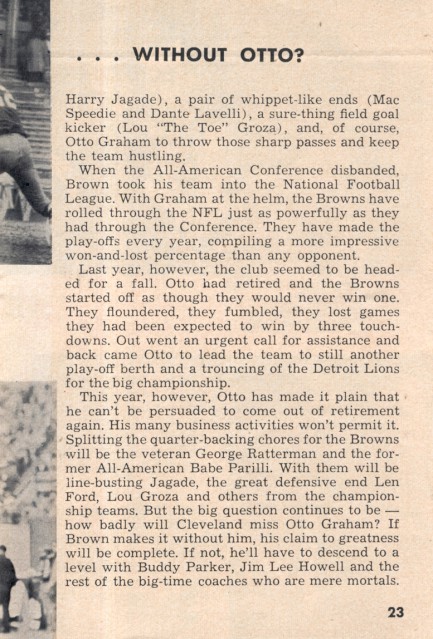 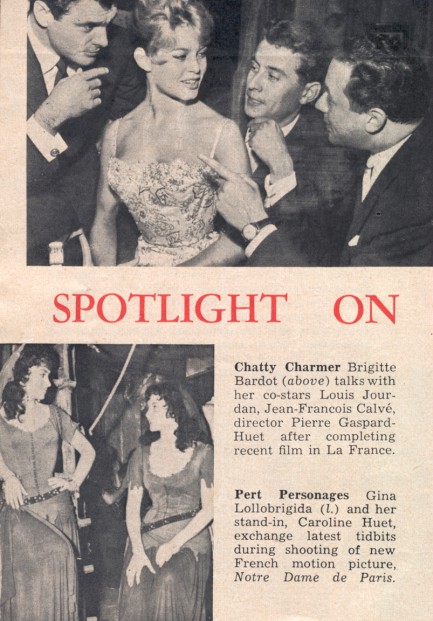 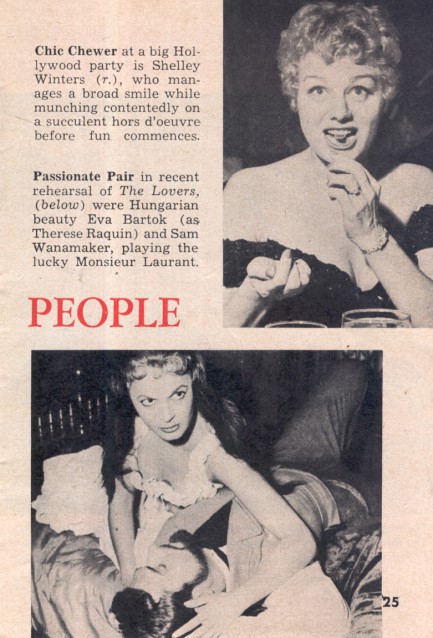 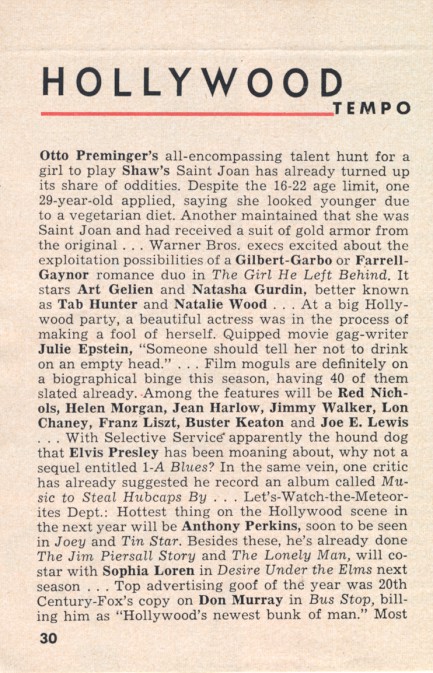 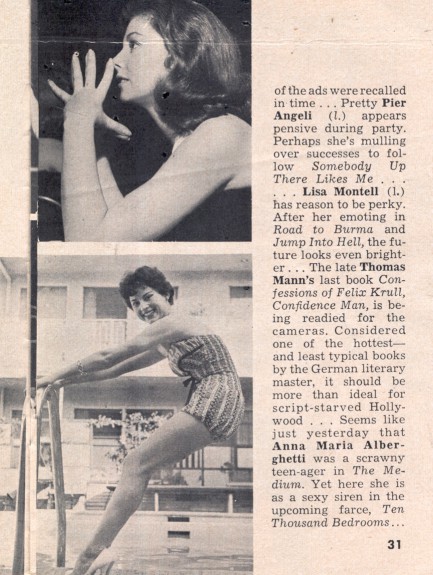 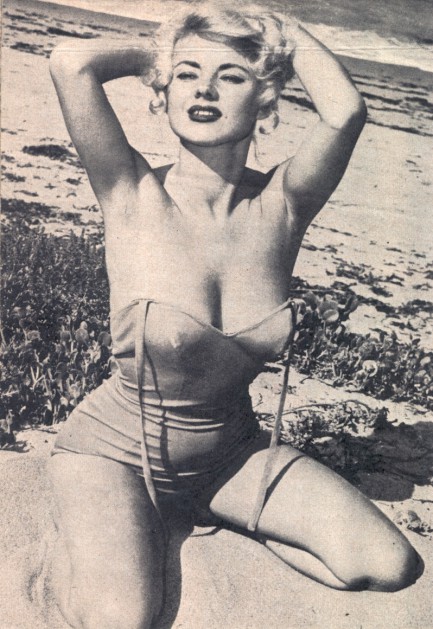 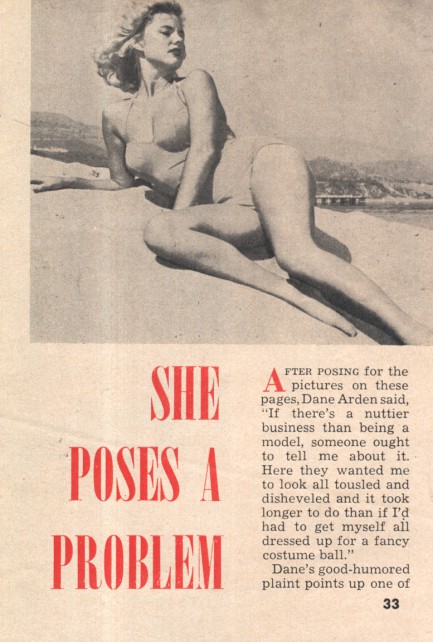 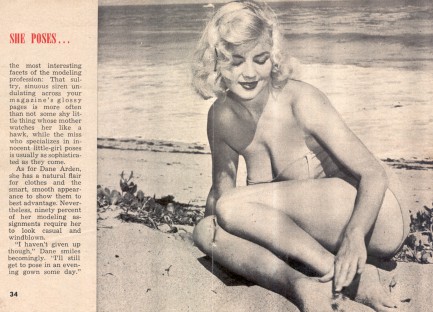 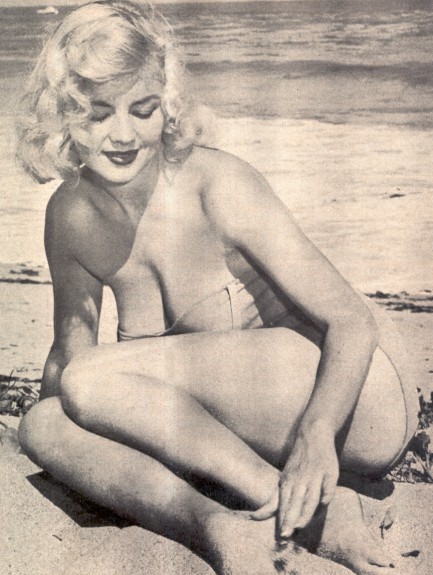 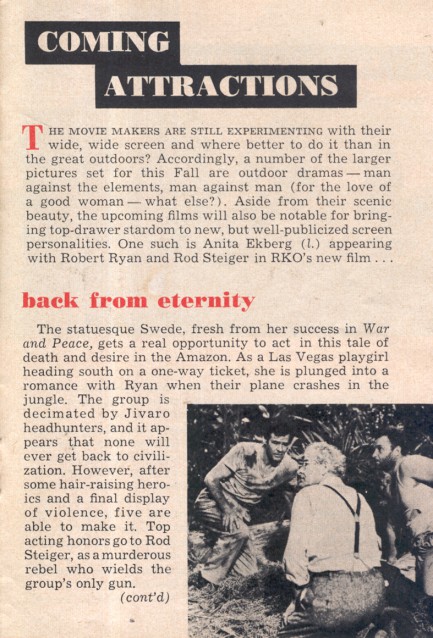 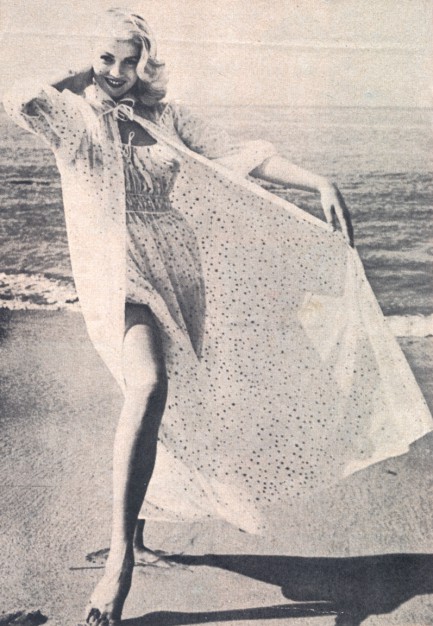 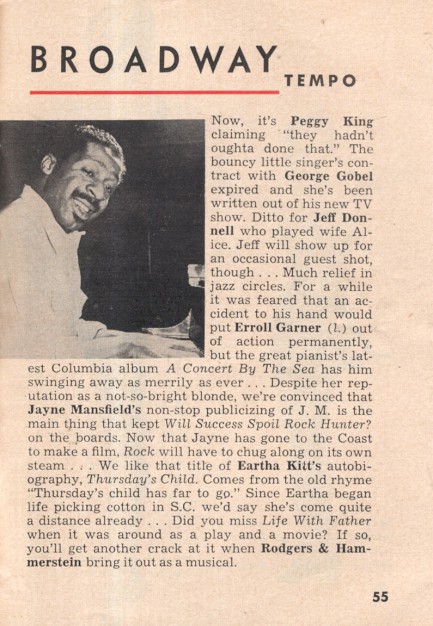 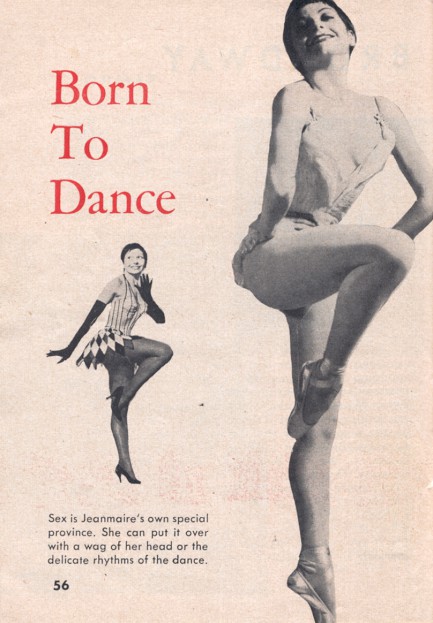 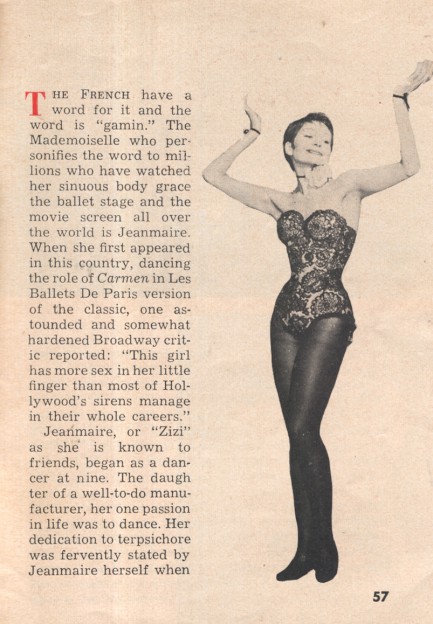 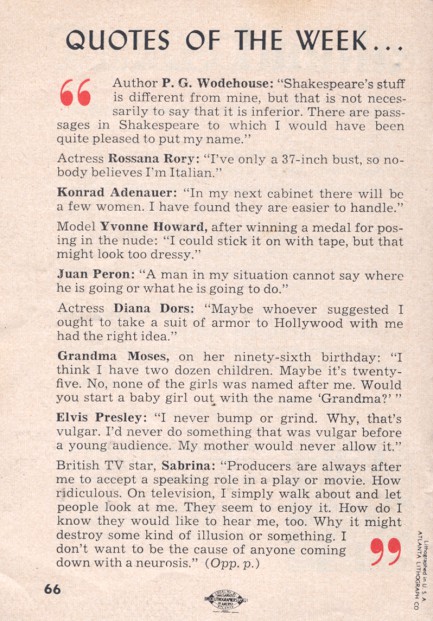 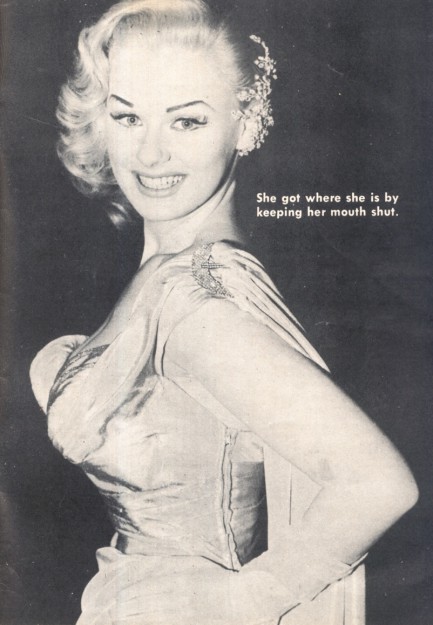 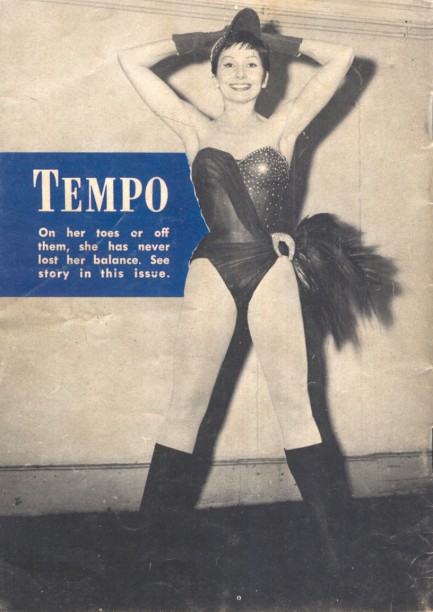
 Golden Ekberg spruces up a patch of green. 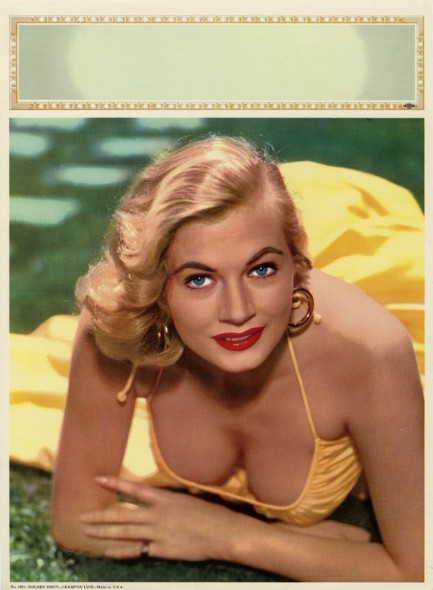
We haven’t had luck identifying the models in our last several Technicolor lithographs, so today we’re going with one we know—Swedish icon Anita Ekberg. This one comes from Champion Line, is entitled “Golden Siren,” and dates from around 1960. Are you good with obscure 1960s celebs? See if you recognize her, her, and her.
 With the sweet often comes bitter.  
La dolce vita, aka The Sweet Life, is one of those movies everyone claims to have seen, but surprisingly few have actually sat through. Fellini’s ironically titled 1960 masterpiece hit American shores for the first time today in 1961. There’s nothing we can tell you about it that hasn’t been said, as reviews both professional and amateur abound on the interwebs. But the two posters above, both painted by Giorgio Olivetti, may be new to you. You can see more examples of Olivetti’s work here. In the meantime watch the movie. Seriously. 
 Idle hands are a woman’s playthings. 
It seems about time for another image of Swedish actress Christina Lindberg, so here’s one we picked up a while back that’s never been seen online before, as far as we can tell. We think it was made as a promo for her 1973 sexploitation flick Anita: Swedish Nymphet, but don't quote us on that.
|
 |

The headlines that mattered yesteryear.
1974—Police Raid SLA Headquarters
In the U.S., Los Angeles police raid the headquarters of the revolutionary group the Symbionese Liberation Army, resulting in the deaths of six members. The SLA had gained international notoriety by kidnapping nineteen-year old media heiress Patty Hearst from her Berkeley, California apartment, an act which precipitated her participation in an armed bank robbery. 1978—Charlie Chaplin's Missing Body Is Found
Eleven weeks after it was disinterred and stolen from a grave in Corsier near Lausanne, Switzerland, Charlie Chaplin's corpse is found by police. Two men—Roman Wardas, a 24-year-old Pole, and Gantscho Ganev, a 38-year-old Bulgarian—are convicted in December of stealing the coffin and trying to extort £400,000 from the Chaplin family. 1918—U.S. Congress Passes the Sedition Act
In the U.S., Congress passes a set of amendments to the Espionage Act called the Sedition Act, which makes "disloyal, profane, scurrilous, or abusive language" about the United States government, its flag, or its armed forces, as well as language that causes foreigners to view the American government or its institutions with contempt, an imprisonable offense. The Act specifically applies only during times of war, but later is pushed by politicians as a possible peacetime law, specifically to prevent political uprisings in African-American communities. But the Act is never extended and is repealed entirely in 1920. 1905—Las Vegas Is Founded
Las Vegas, Nevada is founded when 110 acres of barren desert land in what had once been part of Mexico are auctioned off to various buyers. The area sold is located in what later would become the downtown section of the city. From these humble beginnings Vegas becomes the most populous city in Nevada, an internationally renowned resort for gambling, shopping, fine dining and sporting events, as well as a symbol of American excess. Today Las Vegas remains one of the fastest growing municipalities in the United States. 1928—Mickey Mouse Premieres
The animated character Mickey Mouse, along with the female mouse Minnie, premiere in the cartoon Plane Crazy, a short co-directed by Walt Disney and Ub Iwerks. This first cartoon was poorly received, however Mickey would eventually go on to become a smash success, as well as the most recognized symbol of the Disney empire.
|

|
|

It's easy. We have an uploader that makes it a snap. Use it to submit your art, text, header, and subhead. Your post can be funny, serious, or anything in between, as long as it's vintage pulp. You'll get a byline and experience the fleeting pride of free authorship. We'll edit your post for typos, but the rest is up to you. Click here to give us your best shot.

|
|





































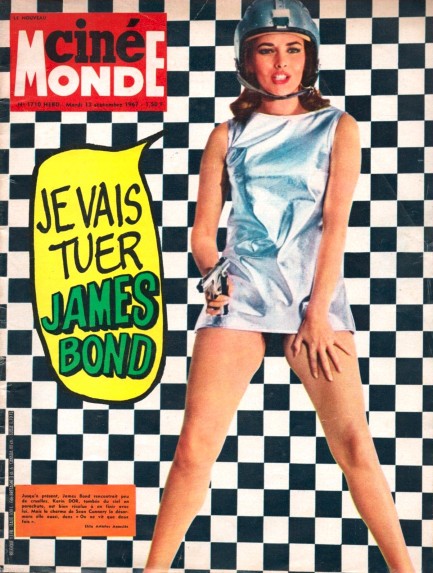

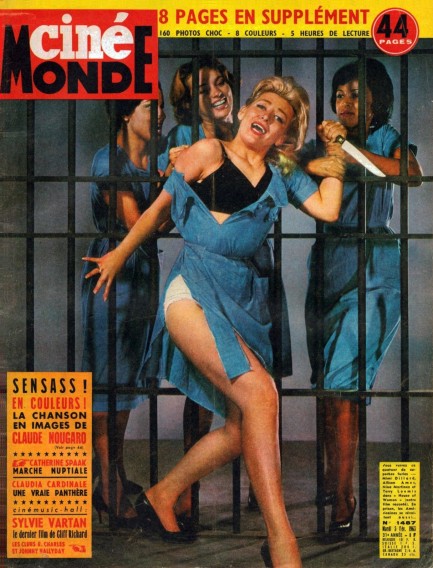

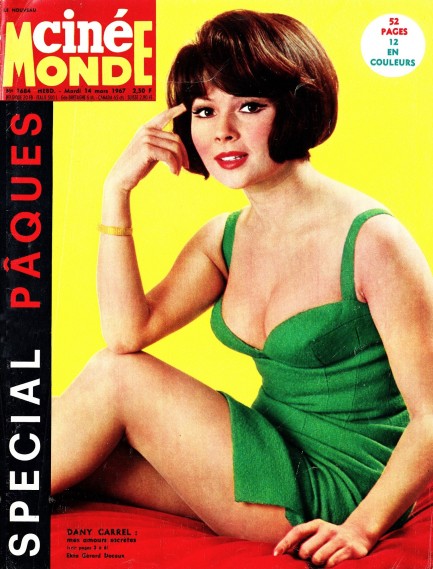
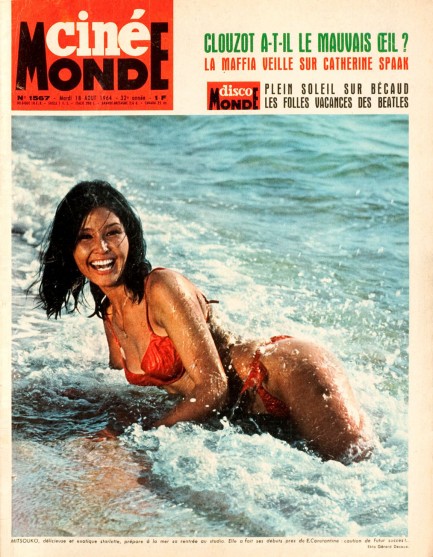
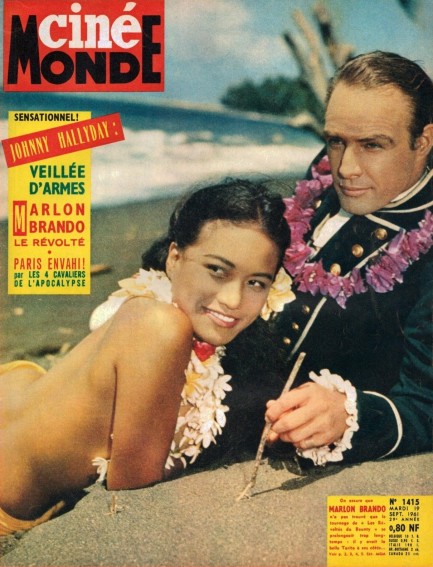
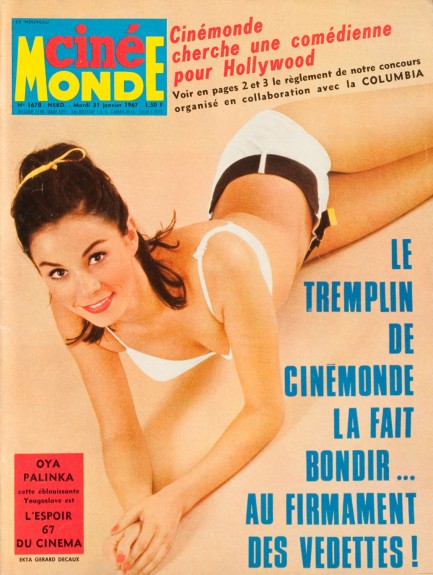
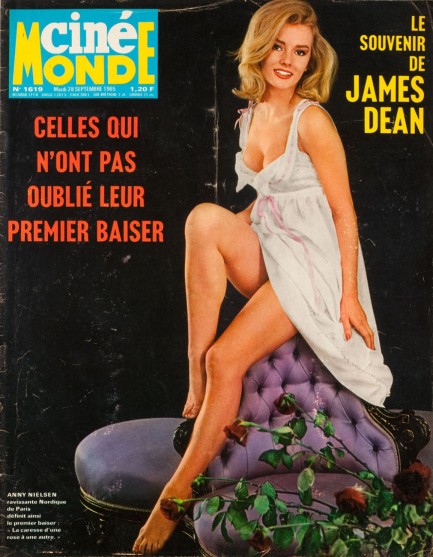
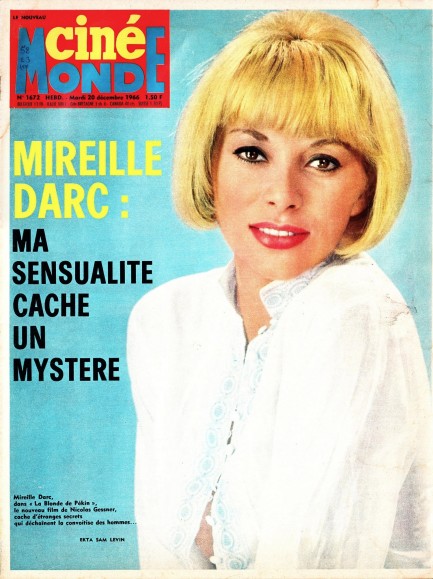

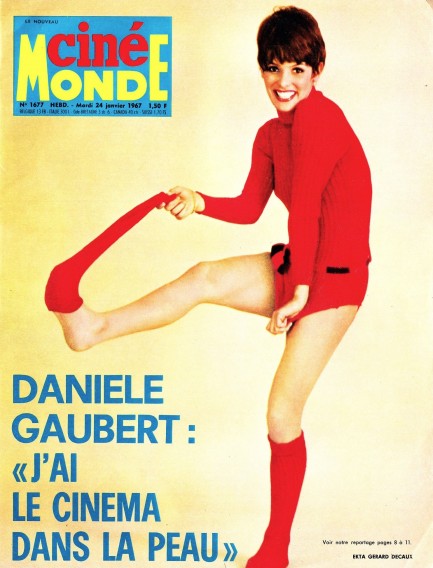
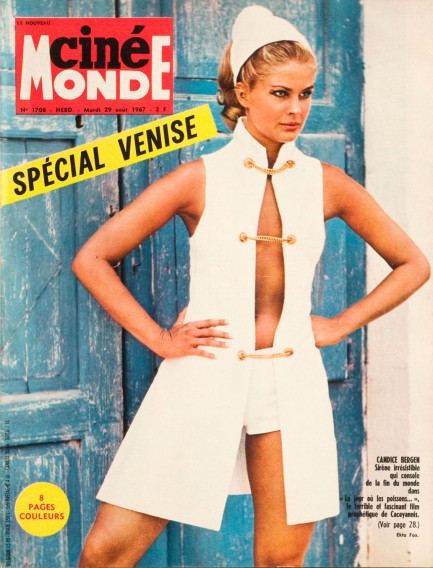
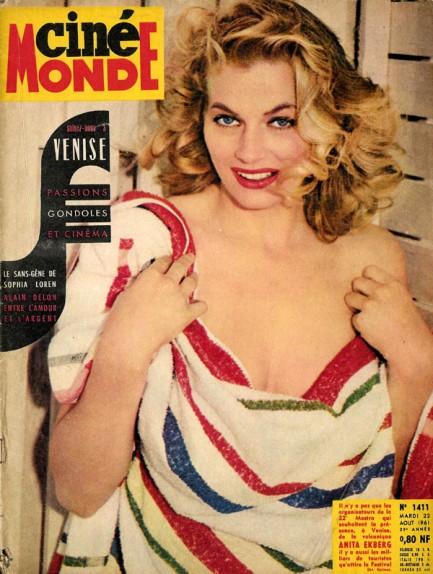
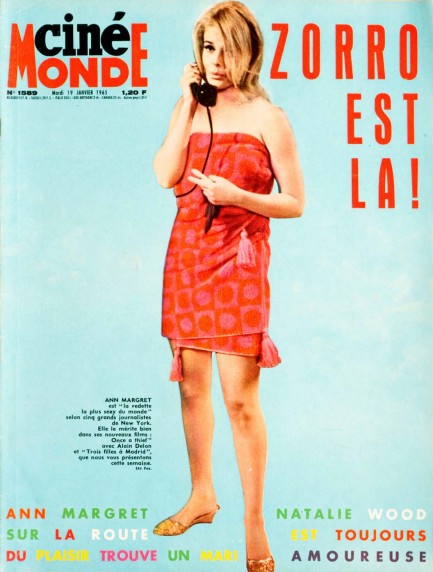




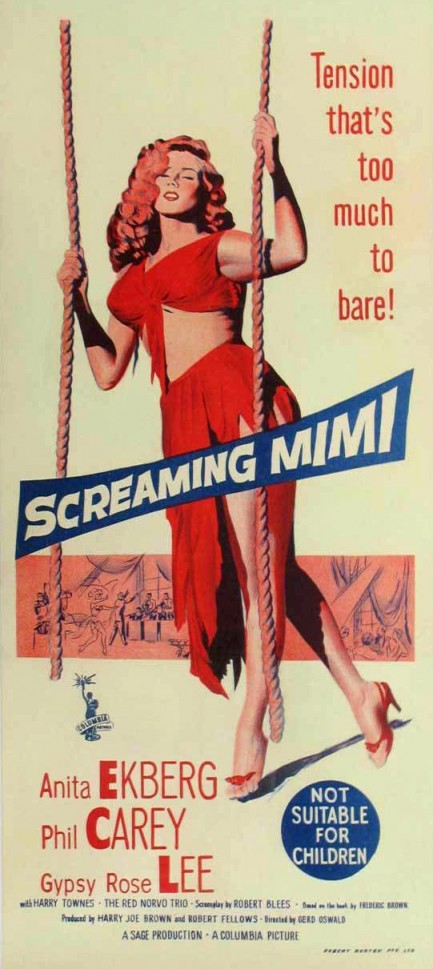
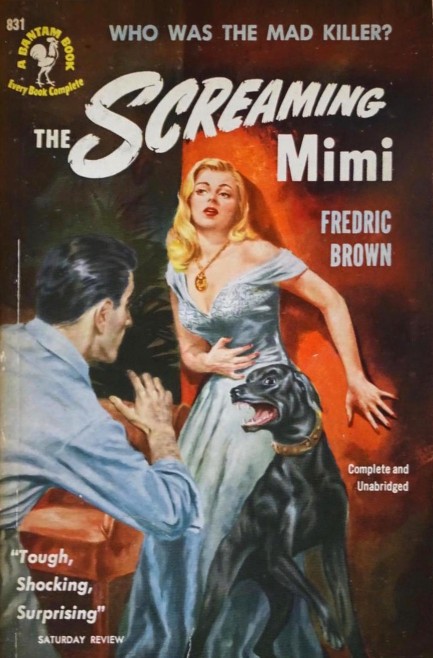 everywhere she goes, as the doctor meanwhile tries to protect her fake identity and keep her and the reporter from falling into bed together. Chances of success? Probably not very good.
everywhere she goes, as the doctor meanwhile tries to protect her fake identity and keep her and the reporter from falling into bed together. Chances of success? Probably not very good.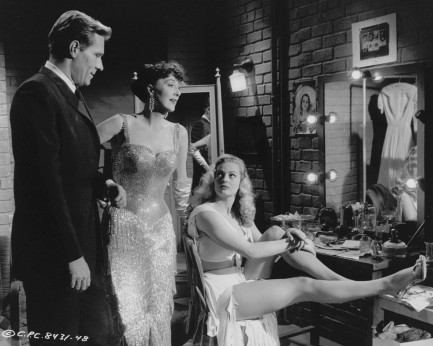

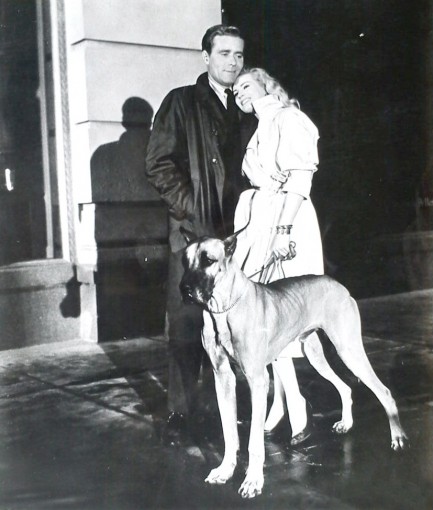






 publisher Robert Harrison thought he was. First up is Rita Hayworth, who allegedly walked out on husband Dick Haymes because he beat her. Here's scribe Alfred Garvey: “Haymes' favorite form of assault was to grab Rita by her world-famed tresses and slam her head against a wall until her sense reeled. And the brutal beatings were part and parcel of their schedule wherever they went.” We should note here that Confidential was in no way a defender of women—the magazine published anything that made a celebrity look bad. It didn't publish this story to expose Haymes, but to expose Hayworth. She's the star—the reader must be left asking what's wrong with her.
publisher Robert Harrison thought he was. First up is Rita Hayworth, who allegedly walked out on husband Dick Haymes because he beat her. Here's scribe Alfred Garvey: “Haymes' favorite form of assault was to grab Rita by her world-famed tresses and slam her head against a wall until her sense reeled. And the brutal beatings were part and parcel of their schedule wherever they went.” We should note here that Confidential was in no way a defender of women—the magazine published anything that made a celebrity look bad. It didn't publish this story to expose Haymes, but to expose Hayworth. She's the star—the reader must be left asking what's wrong with her.


 assault in first-hand detail, but even though the writer seems to know every word spoken in that closed room, he never names the victim. This is not because Confidential cares about protecting her identity—if editors can name Hayworth they certainly can name a random aspiring actress—but because she doesn't matter. Her identity would distract the reader.
assault in first-hand detail, but even though the writer seems to know every word spoken in that closed room, he never names the victim. This is not because Confidential cares about protecting her identity—if editors can name Hayworth they certainly can name a random aspiring actress—but because she doesn't matter. Her identity would distract the reader.



 circulation kept growing. Soon it would be one of the most widely read magazines in America, the indisputable king of tabloids. Hmm… king of tabloids has a nice ring to it. We’re going to use that—Pulp Intl. is the king of tabloid websites. You can work your way through more than three-hundred individual tabloid entries here.
circulation kept growing. Soon it would be one of the most widely read magazines in America, the indisputable king of tabloids. Hmm… king of tabloids has a nice ring to it. We’re going to use that—Pulp Intl. is the king of tabloid websites. You can work your way through more than three-hundred individual tabloid entries here.

























































































































